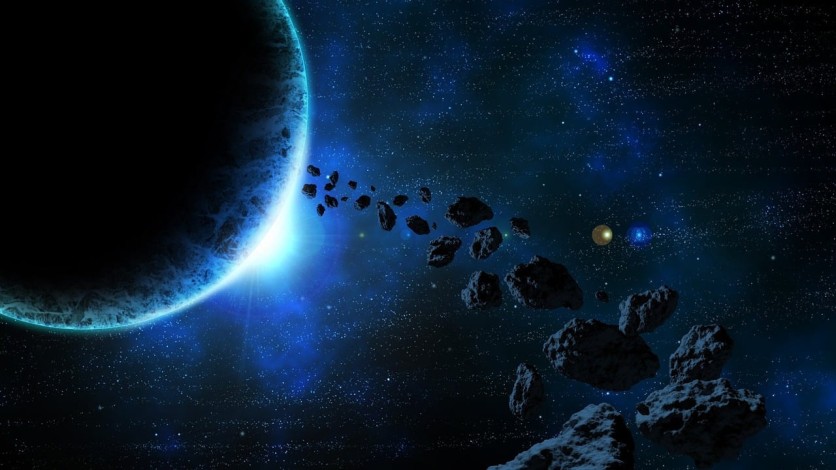A new algorithm has discovered its first "potentially hazardous" asteroid. This algorithm, known as HelioLinc3D, was designed to uncover near-Earth asteroids as part of the upcoming 10-year survey of the night sky by the Vera C. Rubin Observatory.
The asteroid, designated 2022 SF289, is approximately 600 feet long and was found during a test run of the HelioLinc3D algorithm with the ATLAS survey in Hawaii, the University of Washington reported.

HelioLinc3D Finds an Asteroid
While this asteroid poses no immediate risk to Earth, it falls under the "potentially hazardous" category due to its proximity to our planet. Scientists closely monitor such asteroids to ensure they do not pose a threat of collision with Earth, which could have catastrophic consequences.
The discovery of 2022 SF289 is a significant validation of the HelioLinc3D algorithm, demonstrating its ability to identify near-Earth asteroids with fewer and more dispersed observations than current methods require.
This efficiency is crucial as scientists estimate that many more potentially hazardous asteroids are still awaiting discovery. The Vera C. Rubin Observatory, set to join the hunt for these objects in 2025, is expected to revolutionize the discovery rate of potentially hazardous asteroids.
Funded primarily by the US National Science Foundation and the Department of Energy, Rubin's advanced observations will cover the sky at an unprecedented rate with its 8.4-meter mirror and massive 3,200-megapixel camera.
With this accelerated observing "cadence," a new type of discovery algorithm like HelioLinc3D becomes essential to keep an eye on these space rocks. The research team at the University of Washington's DiRAC Institute developed HelioLinc3D in collaboration with astrophysicist Matthew Holman.
The team, led by researcher Ari Heinze and former University of Washington researcher Siegfried Eggl, wanted to assess the algorithm's effectiveness in identifying asteroids in existing data with fewer observations than conventional algorithms require.
Using data from the ATLAS survey, the HelioLinc3D algorithm successfully spotted 2022 SF289 on July 18, 2023. While ATLAS had observed the asteroid on four separate nights, it did not have the requisite four observations on one night to be identified as a new near-Earth object (NEO).
HelioLinc3D excelled in combining fragments of data from multiple nights, resulting in the discovery. Subsequent observations from other surveys, including Pan-STARRS and Catalina Sky Survey, confirmed the discovery. The B612 Asteroid Institute's ADAM platform was also used to recover further unrecognized observations.
Apollo-Type NEO
The 2022 SF289 is classified as an Apollo-type NEO. It is classified as "potentially hazardous" due to its large size and diameter of 600 feet. Its closest approach also brings it within 140,000 miles of Earth's orbit, closer than the moon. However, projections suggest that it poses no risk of collision with our planet in the future.
With the Rubin Observatory scheduled to begin operations in the next two years, the HelioLinc3D algorithm is expected to make nightly discoveries of objects like 2022 SF289.
Rubin scientist Mario Jurić, who serves as the director of the DiRAC Institute, a professor of astronomy at the University of Washington, and the leader of the HelioLinc3D team, anticipates that the Rubin Observatory will offer a glimpse of what lies ahead in less than two years.
"But more broadly, it's a preview of the coming era of data-intensive astronomy. From HelioLinc3D to AI-assisted codes, the next decade of discovery will be a story of advancement in algorithms as much as in new, large, telescopes," Jurić said in a statement.
Related Article : NASA: Gigantic Asteroid as Large as 84 Orcas to Pass by Earth on Monday

ⓒ 2026 TECHTIMES.com All rights reserved. Do not reproduce without permission.




